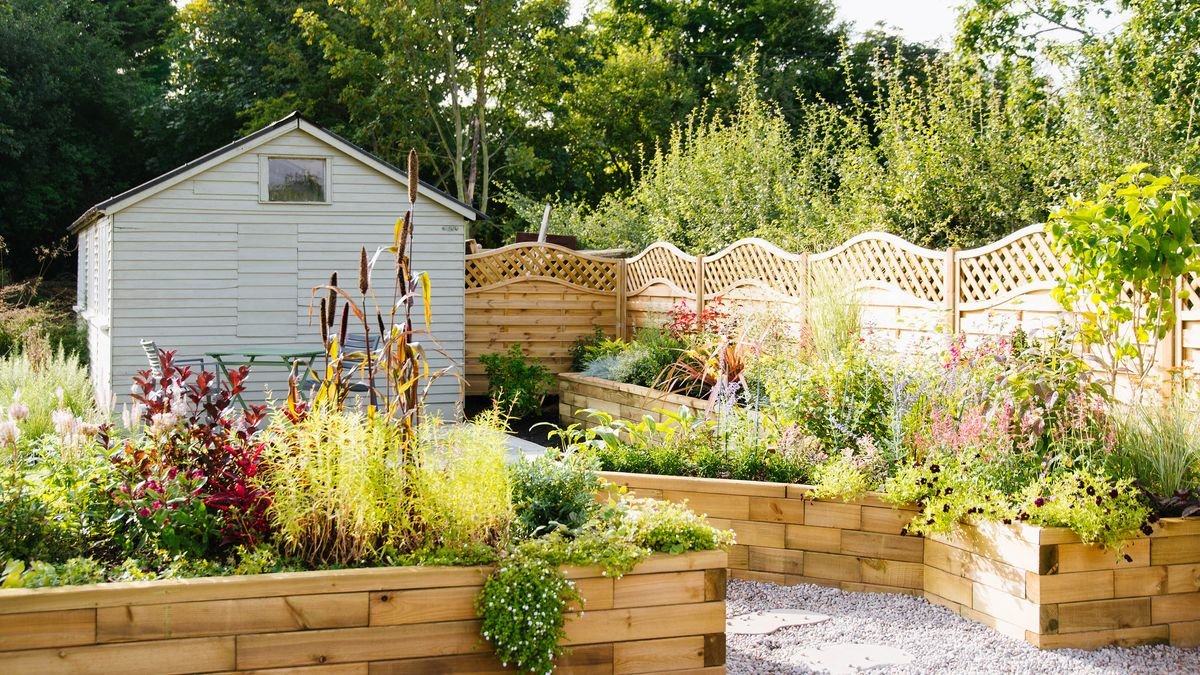Maintaining a beautiful garden doesn’t have to be a time-consuming chore. With the right approach to planning, plant selection, and maintenance, you can create a stunning outdoor space that practically takes care of itself. Low-maintenance gardening is all about working smarter, not harder, to achieve a lush and vibrant garden with minimal effort. In this article, we’ll explore some essential tips and strategies for achieving the best low-maintenance gardening results, all while keeping the keyword “low-maintenance gardening” in mind.
Choose the Right Plants
The foundation of low-maintenance gardening is selecting the right plants for your garden. Opt for plants that are well-suited to your local climate, soil type, and growing conditions. Look for native and drought-tolerant species that require minimal watering and maintenance once established. Choose perennials over annuals, as perennials come back year after year, reducing the need for replanting. Consider incorporating evergreen shrubs and groundcovers to provide year-round structure and interest in your garden.

Plan for Easy Care
When designing your garden, think strategically about placement and layout to minimize maintenance tasks. Group plants with similar water and sunlight needs together to make watering and care more efficient. Create defined planting beds with clear borders to make weeding and edging easier. Leave space between plants to allow for air circulation and reduce the risk of disease. Consider incorporating hardscape features such as pathways, mulch beds, and raised beds to reduce the amount of lawn and planting area that requires maintenance.
Embrace Mulch and Groundcovers
Mulch is a gardener’s best friend when it comes to low-maintenance gardening. Apply a thick layer of organic mulch, such as wood chips, shredded bark, or compost, to your planting beds to suppress weeds, retain moisture, and regulate soil temperature. Mulch also helps improve soil structure and fertility over time as it breaks down. In addition to mulch, consider planting groundcovers such as creeping thyme, sedum, or vinca to fill in gaps between plants and reduce the need for mowing and weeding.
Implement Water-Saving Techniques
Efficient water use is a key component of low-maintenance gardening. Choose plants that are adapted to your local climate and require minimal supplemental watering once established. Install a drip irrigation system or soaker hoses to deliver water directly to the roots of plants, minimizing water waste and reducing the risk of disease. Consider collecting rainwater in a barrel or cistern to use for watering your garden, reducing your reliance on municipal water sources.
Minimize Lawn Maintenance
Lawns can be one of the most labor-intensive parts of a garden to maintain, so consider reducing the size of your lawn or replacing it with low-maintenance alternatives. Replace traditional turfgrass with drought-tolerant grasses or groundcovers that require less mowing, watering, and fertilizing. Consider planting ornamental grasses, wildflowers, or native meadow mixes to create a naturalistic lawn alternative that requires minimal care and provides habitat for pollinators and wildlife.
Regular Maintenance and Monitoring
While low-maintenance gardening is all about reducing the need for frequent maintenance tasks, some level of care is still necessary to keep your garden looking its best. Spend a little time each week weeding, deadheading, and tidying up your garden to prevent problems before they arise. Monitor plants for signs of pests, diseases, or nutrient deficiencies, and address any issues promptly to prevent them from spreading. Regular maintenance and monitoring will help keep your garden healthy and thriving with minimal effort.
Conclusion
In conclusion, low-maintenance gardening is an achievable goal for gardeners of all skill levels, providing a beautiful and sustainable outdoor space with minimal effort. By choosing the right plants, planning for easy care, embracing mulch and groundcovers, implementing water-saving techniques, minimizing lawn maintenance, and regularly maintaining and monitoring your garden, you can create a low-maintenance garden that brings joy and beauty to your outdoor space year after year. So roll up your sleeves, dig in the dirt, and enjoy the rewards of low-maintenance gardening!











